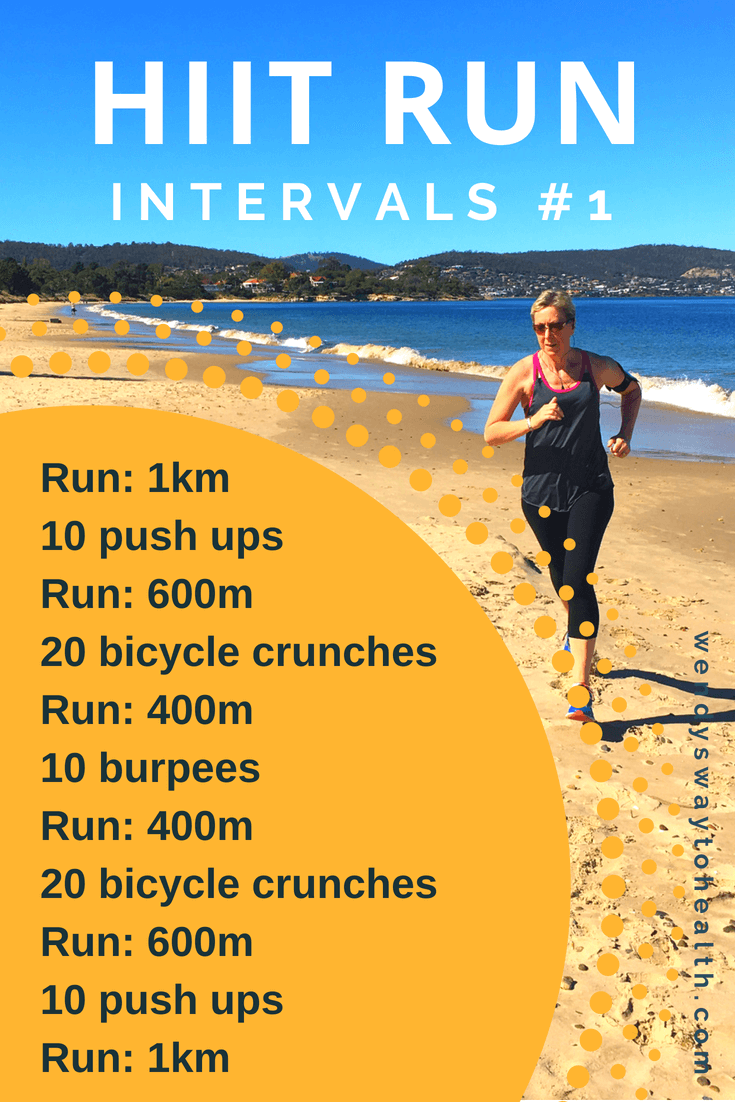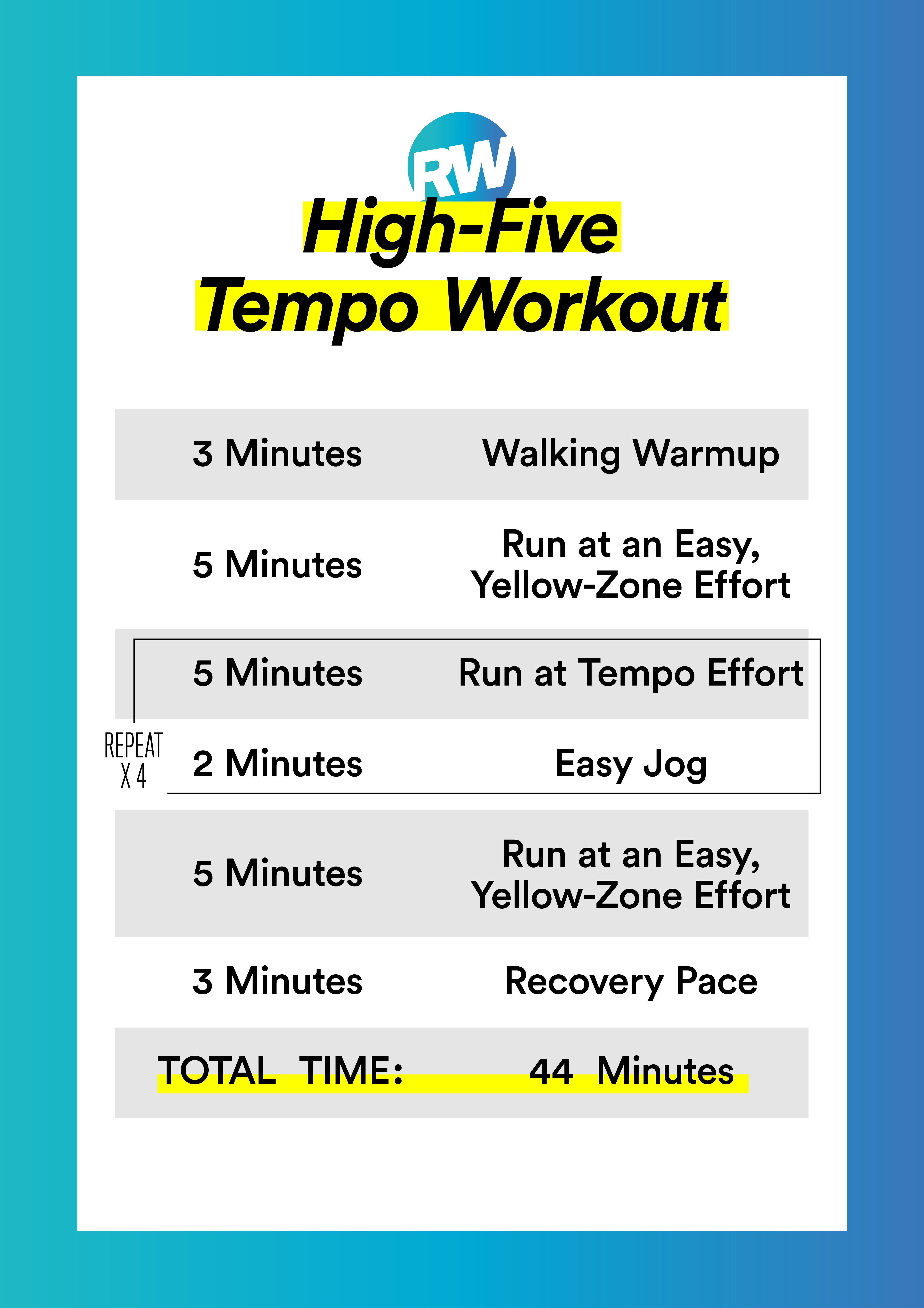Control Your Runs: Proven Strategies for Reliable Running Workout
Control Your Runs: Proven Strategies for Reliable Running Workout
Blog Article
The Ultimate Guide to Dealing With Discomfort When Running
For joggers, experiencing pain throughout runs is not uncommon, and understanding how to properly take care of and avoid it can make a significant distinction in your total performance and enjoyment of the sport. Whether you are a seasoned marathoner or simply beginning your running journey, recognizing the different types of discomfort that can arise and the strategies to address them is essential. From pre-run workout routines to proper footwear choice, there are countless elements to take into consideration when it involves handling pain while running. This thorough guide will furnish you with the understanding and tools needed to browse through the discomfort and encourage you to accomplish your running objectives with higher ease.

Understanding Various Kinds of Running Pain
When running, it is important to differentiate between various kinds of pain to protect against injuries and make the most of efficiency (Read More). One usual kind of discomfort that joggers might experience is muscle soreness, which generally occurs from the tension placed on muscular tissues throughout exercise. This kind of discomfort is usually a typical part of the running procedure and can be managed through correct warm-up, cool-down, and extending regimens
An additional sort of discomfort to be aware of is joint pain. Joint discomfort can show problems such as overuse, incorrect kind, or underlying conditions like arthritis. Disregarding joint discomfort can result in much more severe injuries, so it is important to attend to any type of discomfort quickly and potentially look for expert guidance.
Furthermore, sharp or stabbing pains must not be disregarded. These kinds of pain can signify acute injuries such as pressures, sprains, or anxiety cracks - running workout. Remaining to go through these kinds of discomfort can aggravate the injury and lengthen recuperation time

Pre-Run Warm-Up and Stretching Regular
To prepare the body for a running session, applying a reliable pre-run warm-up and stretching routine is vital. A proper warm-up assists enhance blood circulation to the muscle mass, enhances adaptability, and decreases the danger of injury during the run. By Going Here including a regular pre-run warm-up and extending regular right into your running program, you can optimize efficiency and reduce the danger of discomfort or injury.
Appropriate Footwear Selection and Fit
When choosing running footwear, it is important to consider variables such as foot kind, running stride, arch support, padding, and footwear dimension. Going to a specialty running shop for a gait evaluation and professional fitting can aid make certain that you select the right footwear for your private requirements. Investing in high-quality footwear that is appropriate for your running design and foot composition is an aggressive action towards stopping discomfort and injuries during your runs.
Nourishment and Hydration Tips for Pain Prevention

Hydration is similarly crucial for joggers to prevent pains, dehydration, and various other pains that can lead to discomfort throughout running. By focusing on nourishment and hydration, joggers can enhance their performance, decrease discomfort, and appreciate a more comfy running experience.
Post-Run Recuperation Techniques to Ease Pain
Executing efficient healing strategies is vital for easing pain and advertising muscle mass recovery after running sessions. One vital post-run healing method is stretching. Integrating static go for significant muscle groups can help in reducing muscular tissue tension and discomfort. Foam rolling is one more beneficial technique to launch muscle mass rigidity and improve blood circulation to the muscle mass, helping in quicker healing. Additionally, topping sore areas for 15-20 mins can help minimize inflammation and numb discomfort post-run.
Consuming a well balanced treat or dish that includes healthy protein and carbs within 30 mins of finishing a run can assist repair muscle mass cells and renew power stores. By incorporating these post-run recovery strategies into your routine, you can effectively handle pain and optimize your running efficiency.
Final Thought
In verdict, addressing various kinds of running pain with appropriate workout, extending, footwear choice, nourishment, hydration, and post-run healing strategies is essential for discomfort avoidance and administration. By comprehending the reasons of pain and carrying out these strategies, joggers can lessen pain and possible injuries. It is essential to prioritize total physical health and wellness to make sure an effective and satisfying running experience.
Report this page